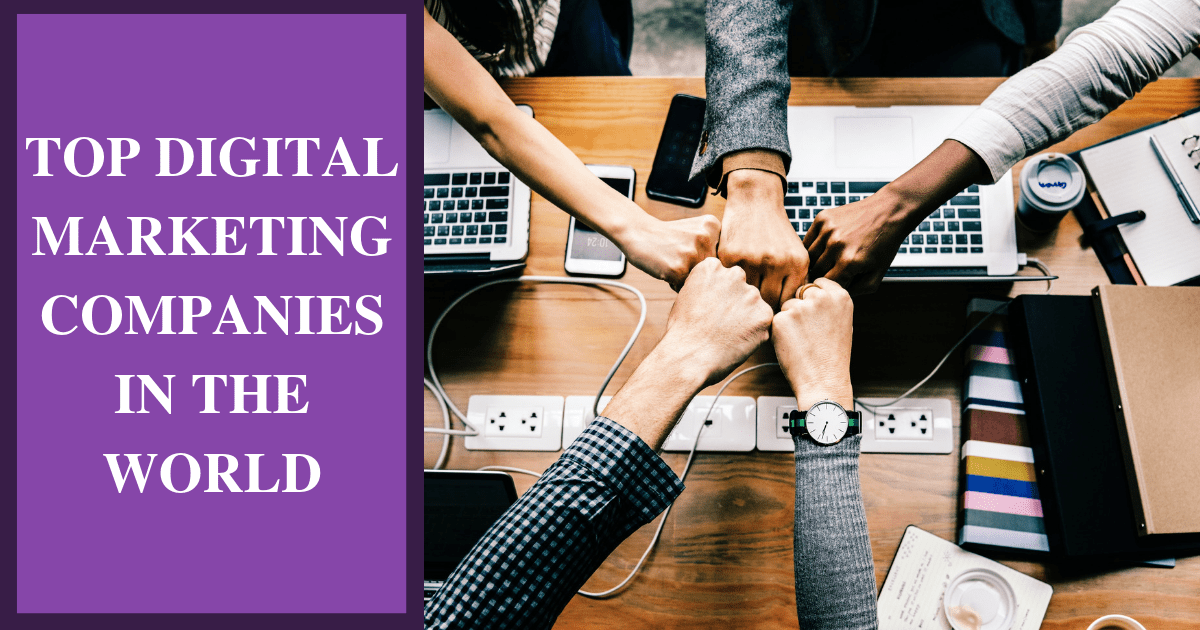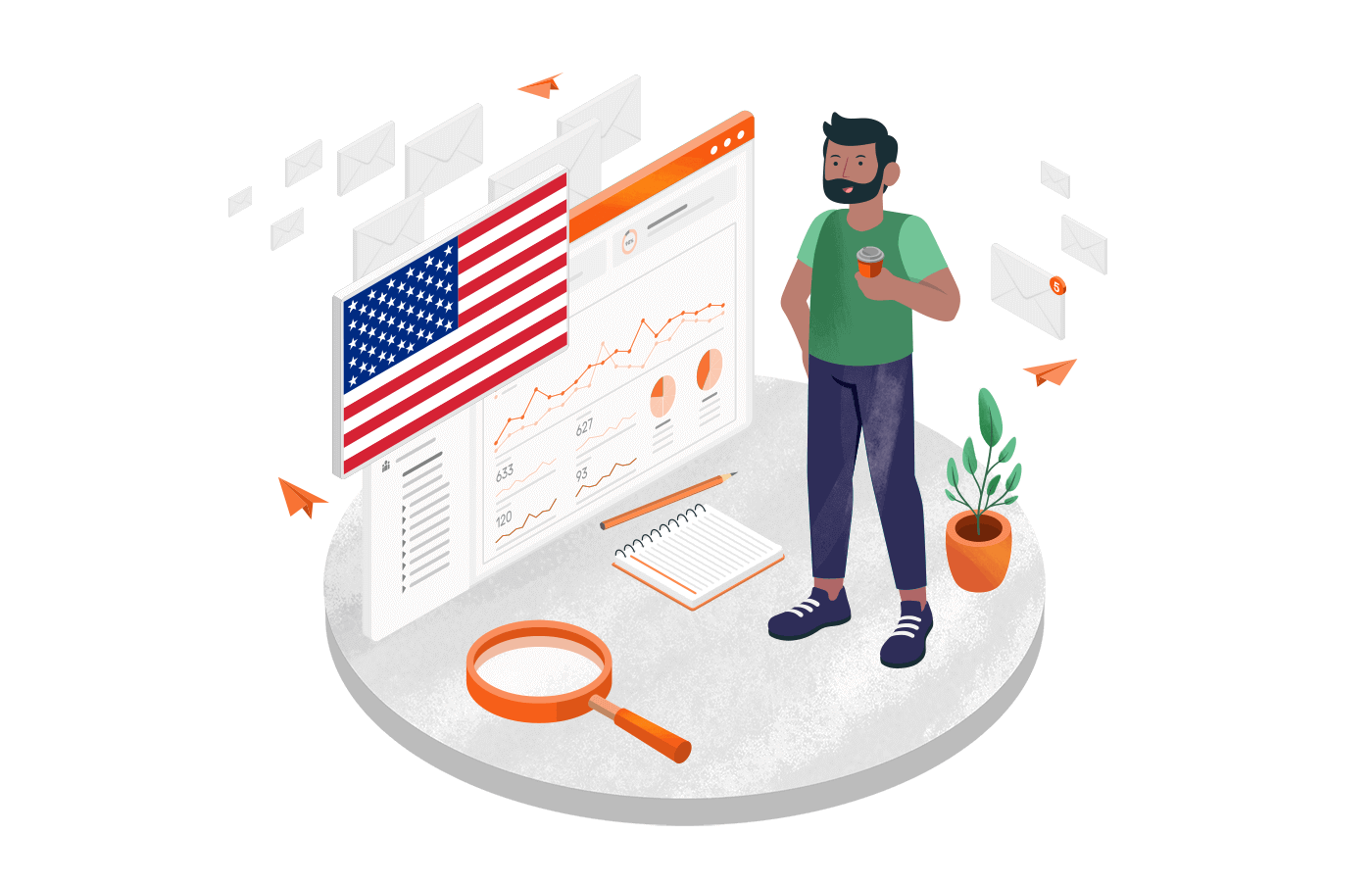
Augmented Reality Marketing Experiences USA
Augmented Reality (AR) Marketing Experiences in the USA have revolutionized brand interaction with customers by offering engaging, interactive, and sometimes individualized experiences. What follows is an in-depth look—nearly 1000 words—at AR implementations in U.S. marketing efforts, including case studies, technologies, and strategic benefits.
Introduction to AR Marketing
Augmented Reality combines virtual information with the physical world, most often through smartphones, tablets, or AR glasses. In advertising, it allows brands to communicate with customers in new, engaging ways—generally leading to increased conversion, customer satisfaction, and brand allegiance.
In America, AR advertising has grown into a worldwide powerhouse, with prominent brands in the fashion, auto, retail, food, and entertainment sectors applying this technology to create impactful user experiences.
1. Retail Innovations
Sephora – Virtual Artist
Sephora was among the initial U.S. retailers to offer AR makeup tests through its app. Powered by ModiFace (a tech company L'Oréal later bought out), Sephora's Virtual Artist enables customers to "try on" lipsticks, eyeshadows, and other items in real-time using their smartphone cameras. This reduced in-store tests, especially during the COVID-19 pandemic, and boosted e-commerce interaction.
Home Depot – Project Color
Home Depot's app, Project Color, based on AR, enables consumers to visualize colors on walls. Hold up the smartphone camera in front of a wall and visualize various colors in real time. The application lowers buy hesitation, raises confidence levels in color decisions, and facilitates higher sales and lower returns.
2. Fashion & Beauty
Gucci – Virtual Sneakers
Gucci launched AR "digital-only" sneakers via its app, allowing consumers to virtually try them on and share photos on social media. The shoes are not tangible products but virtual assets for online use—mildly popular among Gen Z and Millennials who are concerned with digital fashion and self-expression on platforms like Roblox and Instagram.
Nike – AR Sizing and Try-On
Nike used AR to scan people's feet and suggest the best shoe size with its Nike Fit tool. Nike created a frictionless online-to-buy funnel through AR try-ons. The tech minimizes returns and maximizes customer satisfaction.
3. Food & Beverage
Burger King – "Burn That Ad"
In perhaps the most controversial AR campaign, Burger King asked users to scan competitor fast-food ads (e.g., McDonald's) using its app. The app digitally "burned" the ad, showing a free Whopper coupon. The campaign, rolled out in the U.S. and Brazil, drew millions of interactions and received awards for creativity and user interaction.
Jack Daniel's – AR Whiskey Experience
Jack Daniel's created an AR app that turns a whiskey bottle into a storytelling platform. Users were able to view a virtual tour of the Tennessee distillery and learn about the brand's heritage via interactive imagery and sound—turning an inanimate product into an engaging content experience.
4. Entertainment & Media
AMC Theatres – AR Movie Posters
AMC Theatres used AR to make movie posters interactive. Scanning a poster with the AMC app opened trailers, behind-the-scenes material, and cast information. This enhanced in-theater experience and encouraged app downloads and online ticket purchases.
Universal Studios – Harry Potter AR Wand
Along with AR technology companies, Universal Studios integrated AR into the Wizarding World of Harry Potter. Visitors could use AR wands to "cast" "spells" in the park, bringing static objects to life—potentially erasing the line between digital immersion and real-world theme park experiences.
5. Automotive Industry
Audi – AR Showroom
Audi USA employed an AR app that lets users superimpose a life-size model of a car into their garage or driveway. Buyers could tour amenities, alter hues, and virtually "sit" inside the car. The feature was especially useful during the pandemic when traffic to dealerships plummeted.
Toyota – Safety Feature Demos
Toyota used AR to show off its suite of safety features (e.g., lane assist and braking automatically). Car shows or car dealerships were locations where a user could place a tablet over a car to trigger animations to show off each feature, rendering technological superiority easier to understand.
6. Public Space Activations
Pepsi Max – AR Bus Shelter
Although launched initially in London, AR Pepsi Max bus stop campaign was replicated in some U.S. cities. Screen displays were installed in bus stops, simulating scenarios like alien invasions or runaway robots. These "out-of-home" (OOH) experiences were shared virally on the internet, reaching many more than the original target.
Lego – In-Store Playgrounds
Lego stores in the U.S. introduced AR kiosks where children and adults could hold up a Lego box against the screen and see the set complete and animated in 3D. This enhanced purchasing intent and raised in-store dwell time.
Strategic Benefits of AR Marketing
1. Enhanced Customer Engagement
AR enhances engagement time by getting users involved as an active actor in the experience. Passive ads keep users seated, but AR gets users to walk, scan, and explore—resulting in better engagement metrics.

2. Improved Conversion Rates
Virtual try-ons and product previewing minimize hesitation, particularly for fashion and beauty. AR users are more likely to buy and less likely to return products.
3. Social Media Virality
The majority of AR experiences are inherently shareable. From a virtual shoe to an exploding billboard, users will post their experiences on social media platforms like Instagram, TikTok, or Snapchat, driving further organic reach.
4. Data Collection
AR experiences typically require app usage or camera access, providing marketers with rich data on user behavior, interests, and demographics—the building blocks for refining targeting strategy.

Why It Works in the USA
-
Consumer-Centric Culture: Americans respond well to personalization and entertainment.
-
Technological Integration: High smartphone usage and 5G make immersive tech viable.
-
Urban Event Hubs: Cities like NYC, LA, and Chicago are perfect for large-scale activations.
-
Media Amplification: Social sharing extends experiences far beyond the event itself.
Challenges and Considerations
Device Compatibility: Not all consumers own AR-compatible devices. Privacy Concerns: AR apps have the potential to request camera and location access, creating a privacy issue. Development Cost: Creating good AR experiences requires technology expertise and capital.
User Education: Customers must be taught simply to interact with AR content.
With the rise of 5G, AI, and wearable tech (e.g., Apple Vision Pro and Meta AR glasses), the U.S. market is poised for even more immersive, high-fidelity AR campaigns. We’re moving toward experiences that merge physical and digital retail, like AR-guided shopping tours, interactive packaging, and personalized holographic advertisements.
AR marketing is no longer novel in America—it's now a strategic necessity for brands that are willing to break through the din of a noisy online world. Through innovative, technology-driven experiences, companies are capturing attention, forging deeper connections, and, ultimately, driving measurable business results. And as technology itself continues to evolve, the potential for AR marketing will only grow more dynamic and essential.
Marketing Experiences in the USA span a wide range of innovative strategies that combine technology, storytelling, and customer engagement to build brand loyalty and drive sales. In one of the most consumer-driven economies in the world, brands in the U.S. focus heavily on creating experiences rather than just promoting products.

Here’s a detailed overview of major marketing experiences shaping the American landscape today:
Marketing experiences go beyond traditional advertising to create interactive, emotional, and memorable encounters between consumers and brands. These experiences can be physical (in-store events), digital (online simulations), or hybrid (like augmented reality or live streaming commerce).
Future Trends
-
Metaverse Marketing: Brands creating virtual stores and events in platforms like Roblox or Fortnite.
-
AI-Personalized Experiences: Real-time customized product recommendations and virtual assistants.
-
Sustainability-Driven Campaigns: Experiences that educate and promote ethical consumption.
In the U.S., marketing experiences are shifting from passive exposure to active engagement. Brands that focus on emotion, interaction, and innovation are winning the attention—and loyalty—of American consumers. From AR try-ons and pop-ups to social campaigns and virtual events, experiential marketing is setting the standard for brand connection in the modern
Marketing Experiences in the USA: Engaging the Modern Consumer
In the competitive and fast-paced landscape of the United States, brands are increasingly turning to marketing experiences as a way to break through digital noise and build deeper connections with consumers. Unlike traditional advertising, which simply broadcasts a message, marketing experiences are designed to engage, immerse, and delight the customer. These experiences create emotional connections that drive brand loyalty, improve recall, and often lead to viral social media exposure.Marketing experiences refer to any brand interaction that goes beyond passive communication to involve the consumer directly. These can include in-store activations, augmented reality (AR), virtual reality (VR), influencer-led content, pop-up shops, branded events, and more. In the U.S., where consumers expect innovation and personalization, marketing experiences have become a crucial tool for brands to stand out.
1. Experiential and Event Marketing
Experiential marketing involves creating live, often interactive events that allow consumers to experience a brand first-hand. A well-known example is Red Bull’s extreme sports events, which align perfectly with the brand’s high-energy image. Similarly, Coca-Cola’s “Share a Coke” tour allowed people to find and customize bottles with their names, making the brand more personal and memorable.
2. Augmented Reality (AR) and Technology Integration
Brands like Sephora and Nike have successfully used AR to allow users to try on products virtually. In Sephora’s app, users can apply makeup to their faces using their phone camera, while Nike’s app lets customers measure their feet and try on shoes virtually. These experiences increase engagement, reduce purchase hesitation, and add real value to digital shopping.
3. Pop-Up Shops and Brand Activations
Pop-up shops are temporary retail spaces that create buzz and exclusivity. For instance, Glossier has used pop-ups in cities like Los Angeles and Austin to generate long lines, social media posts, and strong local community engagement. These experiences often combine product demos, photo ops, and influencer appearances.
4. Digital and Social Media Campaigns
In the U.S., social media marketing is a powerful tool for creating marketing experiences. Brands collaborate with influencers to create challenges, tutorials, and giveaways. Dunkin’s campaign with TikTok star Charli D’Amelio not only led to a custom drink on the menu but also significantly boosted app downloads and Gen Z engagement.
Marketing experiences in the USA are redefining how brands connect with their audiences. By turning consumers into participants rather than just viewers, companies can create lasting impressions, drive engagement, and increase brand loyalty. As technology advances and consumer expectations grow, the most successful U.S. brands will be those that continue to innovate and deliver marketing experiences that are immersive, authentic, and unforgettable.
Posted on 2025/05/10 08:58 AM

